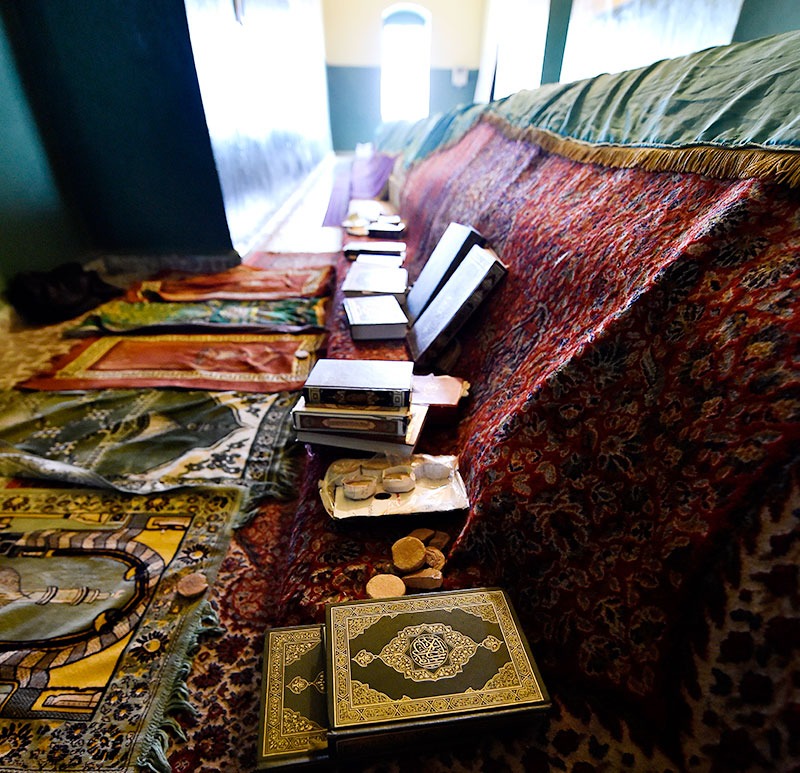Religious anthropologist, researcher and founder of NEOS Tourism Consultancy Nour Farra-Haddad takes us on a trip to the Maqam of Nabi Nouh in the Bekaa Valley.

Photo: Abbas Salman
The village of Karak is located in the Bekaa Valley, a few kilometers north of Zahle. The maqam (shrine) and the mosque of Nabi Nouh are located side by side in the middle of the village. The maqam is used by believers to make vows for benedictions. Others come to the mosque for ritual prayers, particularly on Fridays. Christians and Muslims inhabit the village, and just a few hundred meters from the maqam stands the church of St. Anthony.
To reach the maqam and the mosque, visitors have to cross a garden and a cemetery. At the entrance of the site is a fountain, considered by some worshippers to be sacred.
The maqam was built on the remains of a Roman temple. The stones used for the foundation are spectacular, and at the entrance of the holy site you can see a small altar representing Jupiter. Inside the mosque, Roman letters decorate the top of the modern columns, and stones are carved with flowers and geometric patterns. Many orientalists and travelers, like Nabulsi, visited the site and described it as impressive because of the large tomb, measuring around 25m in length. Locals believe that the Prophet Noah was a large man and was buried bent in two. Others believe that it is not the Prophet Noah who is buried here but his son Kirik, who drowned in the great flood by ignoring God’s instructions and those of Noah. Many say that the village is named after him and that Noah’s Ark reached the Bekaa Valley after the flood.
Worshippers practice various rituals, such as lighting candles, using the sacred stone, the mahdaleh, touching the darih (tomb) and walking around the tomb while they pray, to ask for good fortune from the prophet.
WHAT TO DO IN THE AREA
The town of Fourzol lies just a few kilometers from the holy site. Wadi al Habis (the Valley of the Hermit) is two-and-a-half kilometers from the center of Fourzol. Monks and hermits once lived in the valley caves and there are a number of tombs, shrines and sanctuaries cut out of the rock dating back to Roman and Byzantine times. It is said that these caves suggest an isolated but intense monastic life.
Niha is a stunning town just a few kilometers from Fourzol where one can explore two Roman temples, one named after the god Hadaranis and the other after Atragatis, the Syriac-Phoenician goddess. Both temples were constructed around a stream during the second and third centuries. A small temple dating back to the first century lies at the entrance of the site.
Two kilometers away, a road leading higher into the mountains will get you to the Roman temples of Hosn Niha, which are isolated from the village in a wonderful, breathtaking frame amid hills and fertile terrain. Other Roman sites, such as Qasr Naba and Tamnine, can be visited in the area as well.
Only five kilometers away is Zahle, where you can visit the famous sanctuary of Our Lady of Zahle and the Bekaa Valley, and enjoy a delicious lunch by the Berdaouni River.
Discover more about religious tourism in Lebanon by downloading the Holy Lebanon app.
Loading

